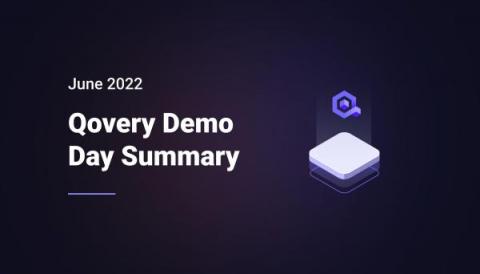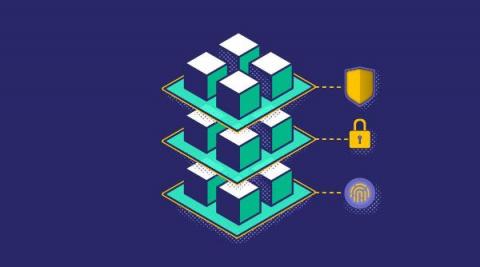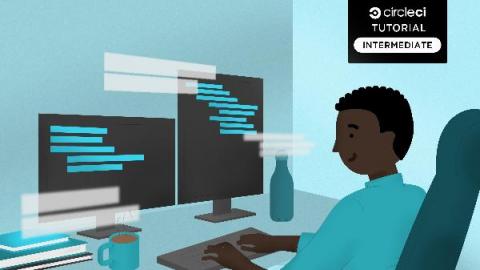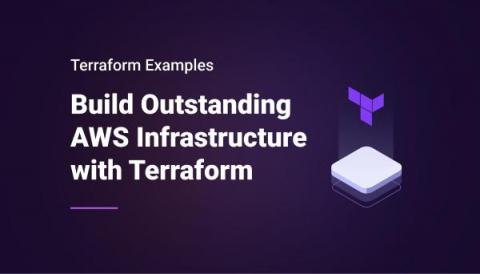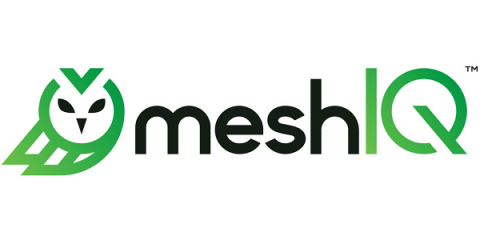Operations | Monitoring | ITSM | DevOps | Cloud
Latest News
Kubernetes Security Best Practices
As the container orchestration platform of choice for many enterprises, Kubernetes (or K8s, as it’s often written) is an obvious target for cybercriminals. In its early days, the sheer complexity of managing your own Kubernetes deployment meant it was easy to miss security flaws and introduce loopholes. Now that the platform has evolved and been managed, Kubernetes services are available from all major cloud vendors, and Kubernetes security best practices have been developed and defined.
Automating deployment of a Dockerized Python app to Docker Hub
CI/CD systems follow a multi-tiered environments pattern: development, testing, staging, and production release are all part of this process. Each setting in this cycle could have a variety of set ups and configurations. As a result, having to set up separate configurations for different environments could be inconvenient and burdensome. In this tutorial, we will take a look at what Docker is and how it has freed developers from set-up problems and port clashes.
How to monitor and troubleshoot Fluentd with Prometheus
Fluentd is an open source data collector widely used for log aggregation in Kubernetes. Monitoring and troubleshooting Fluentd with Prometheus is really important to identify potential issues affecting your logging and monitoring systems. In this article, you’ll learn how to start monitoring Fluentd with Prometheus, following Fluentd docs monitoring recommendations. You’ll also discover the most common Fluentd issues and how to troubleshoot them.
The Path to Continuous Cloud Optimization
Implementing change in an organization always has its challenges, and for it to be successful it requires support from executive management. For one of our large Managed Service Provider (MSP) clients, their new CIO was focused on making their customer’s cloud consumption more efficient, with the outcome being cost savings.
Lights, Camera, Action: Lumigo Joins AWSonAir for a Big Announcement
It’s no secret that AWS has an extensive catalog of services which enable organizations to rapidly scale infrastructure. In this fast paced and self scaling cloud native world, observability across all these services has never been more critical. As a long time AWS Technology Partner, it’s always great to speak to our friends at AWS, and most recently, Lumigo CEO Erez Berkner joined AWS on Air to talk about end-to-end observability of the modern cloud application.
Create Outstanding AWS Infrastructure with Terraform and Qovery
Setup RabbitMQ in HA Mode using Kubernetes Operator
Organizations are moving from monolithic architecture (where all the code building the application exists as a single, monolithic entity) to microservices architecture as it simplifies app management, making it easier to build, deploy, update, test and scale each service independently without affecting other parts of the architecture.
Local Kubernetes Environments: Part 2
Kubernetes shouldn’t be reserved for production. Using local Kubernetes in development means you can build and test your service using the same technologies as your live deployments. Some organizations provide a shared Kubernetes cluster for development activities. Others offer on-demand virtual clusters that serve staging environments for significant changes.
Contributing Cool Community Content to Calico
It’s right there on our community page—the statement that “Project Calico is first and foremost a community.” With that in mind, we wanted to make it easier for new contributors to get involved. It’s a win-win scenario—developers experience less frustration, they can get their work done, and have their contributions considered. Plus, the project can easily benefit from the contributions.


